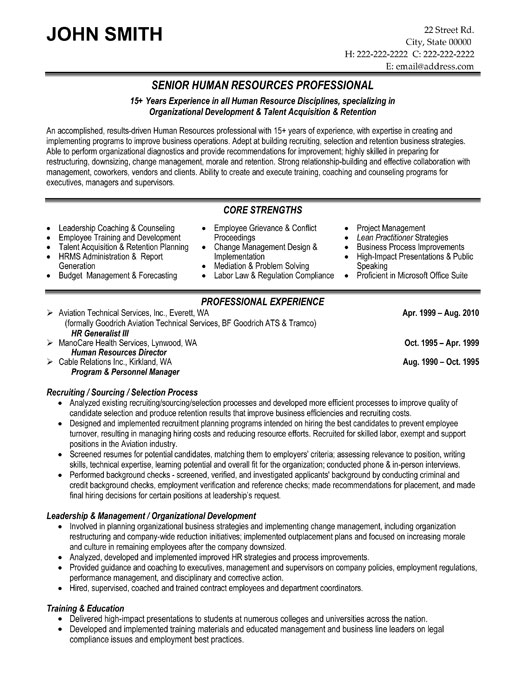Deuteromycota - Simple English Wikipedia, the free.
In accordance with our artificial system of classification of the Deuteromycota, we would place the conidia of Mycosphaerella fragariae in the form-genus Ramularia that belongs in the form-order Moniliales, but those of Mycsphaerella rubi in the form-genus Septoria that belongs to the form- order Sphaeropsidales.The Deuteromycota is referred to as a form phylum because classification is artificial rather than natural. Thus, there is not necessarily relationships between taxa, even between species within.Deuteromycota: The Imperfect Fungi What are deuteromycetes? Phylum Deuteromycota is a polyphyletic group of asexually-reproducing fungi that do not display a sexual phase; they are known as imperfect.
Defining Taxa in Deuteromycota Taxonomy of Deuteromycota based mostly on spore morphology Saccardoan System of spore classification. Oldest system of defining taxa in fungi. Artificial means of classification. No longer used in other taxa. Saccardoan System of Spore Classification. Amerosporae: Conidia one celled, sphaerical, ovoid to elongate or.In the phvlogenetic classification scheme based upon the oospore, zygospore, ascospore, and basidiospore there is no space for the fungi solely reproducing asexually. They have been given the name Fungi Imperfecti or Deuteromycetes.

Classification of Fungi. The kingdom Fungi contains five major phyla that were established according to their mode of sexual reproduction or using molecular data. Polyphyletic, unrelated fungi that reproduce without a sexual cycle, are placed for convenience in a sixth group called a “form phylum.”. Deuteromycota is a polyphyletic group.

:origin()/pre07/417e/th/pre/f/2015/206/1/9/rhetorical_question_by_lunahydreigon-d92t4xf.png)









